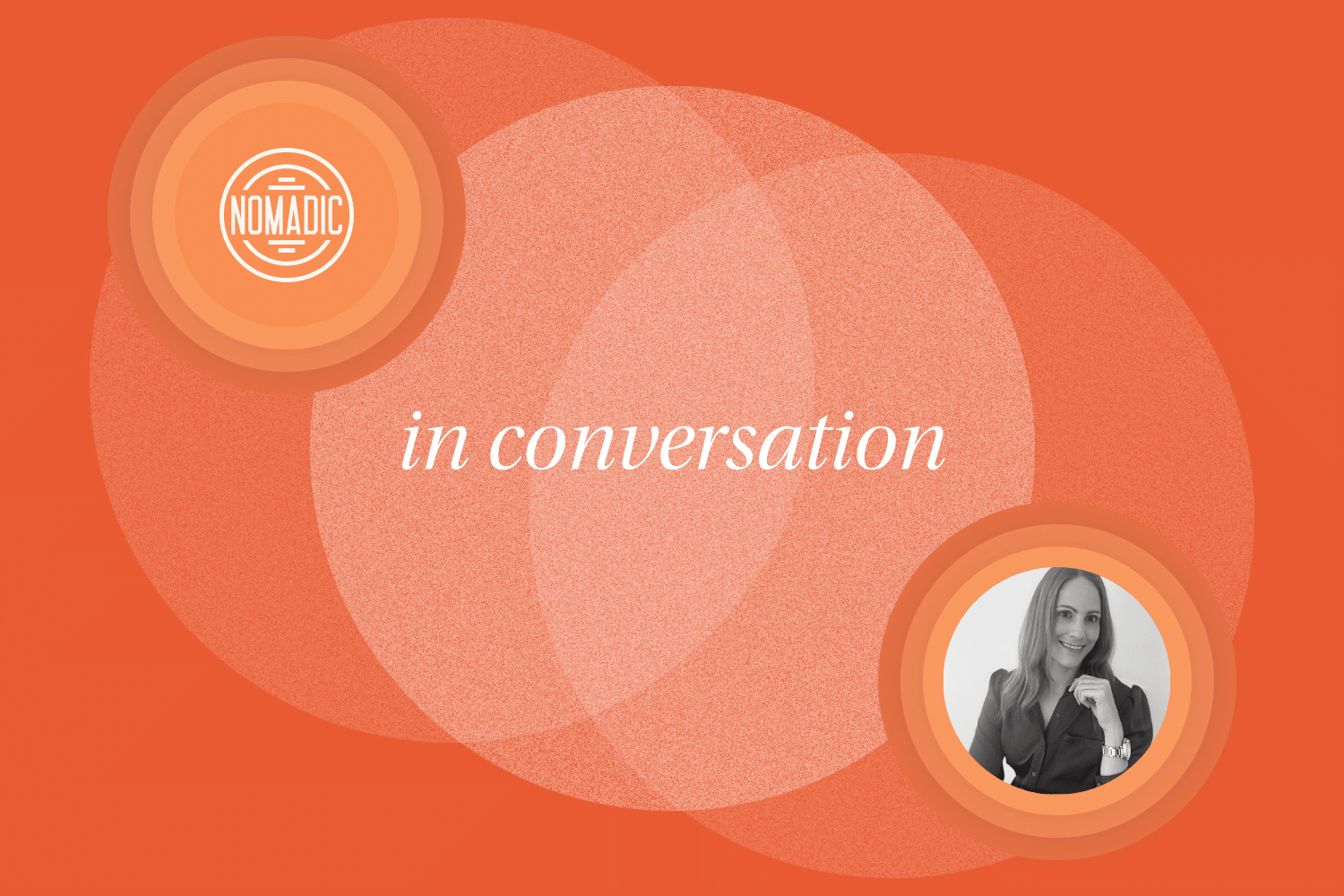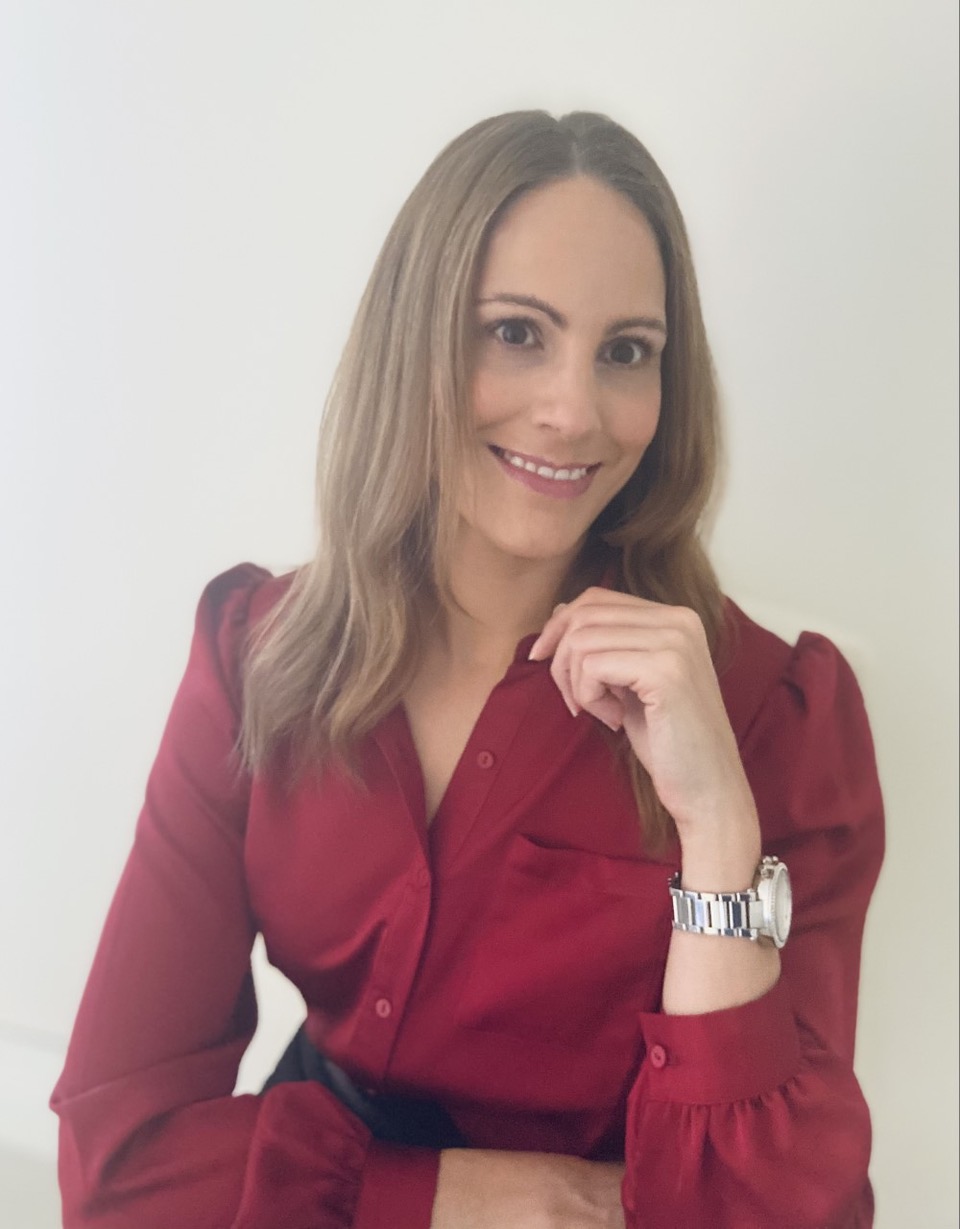In Conversation: five questions with Sonia Mooney
Sep 08, 2022 by Erin Becker

Based near Brighton, UK, Sonia Mooney is a global HR leader and consultant. She runs her own business specialized in helping HR functions maximize their impact to deliver great business outcomes, with a focus on process and technology optimization and employee experience. She has more than 20 years of experience in the industry, including previous positions at Rolls-Royce and financial services firm Aviva. You can read more about Sonia's work here.
I loved Sonia's thoughts on her work as an HR consultant, particularly her perspective on how technology can't solve every business problem and how so much of a consultant's work is about connecting the dots between functions. Thank you to Sonia for offering her perspective on HR today, and I hope you enjoy her answers as much as I did!
This interview is part of a new Nomadic blog series featuring different perspectives on L&D, leadership, and how companies are transforming the way they do business, learn, and grow. If you're interested in these topics, you might also enjoy my earlier interview with our CEO and co-founder Matt Burr, where we talk about how learning can support business transformation. Matt speaks specifically to learning's role in helping HR functions carry out ambitious visions for function-wide transformation.

1. What do you like about being an HR consultant?
I’m very fortunate to work with amazing HR leaders and functions in companies across the globe. I love to help them think big to shape their visions for particular products or services, and bring that vision to life, transforming their people practices and organizations. I particularly love joining the dots in an organization, bringing together leaders and teams from other key functions such as IT and marketing to work as one, creating and deploying new solutions together. I find that playing on the same team in this way creates exceptional business outcomes, which makes me smile every time.
2. What's a trend in HR you find particularly interesting right now?
Human-centered design is a trend I’m really passionate about. Often, our HR solutions have been designed by HR and IT experts, for experts, without the employee lens. Taking a human-centered approach, walking in the shoes of our people, and redesigning around their experience delivers much better business outcomes. With this approach, employees can navigate solutions with ease, reducing waste and increasing adoption rates.
I’m also seeing a need for simplification. We carry a lot of complexity in our organizations and we’ve often spent many years transforming: adding new products and services, or enhancing those we already have. Yet we can be so focused on adding that we forget to consider what we might need to remove or simplify. Over time, our HR landscape can become more complex than it needs to be, which makes it difficult for people to navigate. Considering the end-to-end employee experience, finding out how HR solutions are experienced by our people, and then working to simplify and streamline can help us deliver efficiencies and create a much better employee experience, which translates to business outcomes.
3. What is one misconception people have about HR tech?
That technology alone can fix the business problems we’re trying to solve. If only it were that simple! So often, we hope that simply bringing in a new piece of tech will be the answer, forgetting that technology is simply the enabler. We can’t expect technology alone to resolve our challenges; we need to take a holistic view. To create the best tech solutions and business outcomes, and ensure our return on investment, it’s so important to build strong foundations. Take a simplification approach to remove legacy complexity and streamline processes, making them easy to navigate, designing through an inclusive, employee-centered lens. When we blend this approach with a focus on business value, co-creation, and organizational collaboration, we can realize the true benefits of our HR tech, enabling us to deliver exceptional results and providing our organizations with a competitive advantage.
I’ve helped organizations unpack their existing technology solutions and redesign holistically to create process efficiencies, increase adoption rates, and improve the employee experience. I’ve found it’s well worth investing time upfront at the design stage to realize the benefits long term.
4. Any book, music, or movie recommendations you’ve been loving lately?
I’m a big fan of personal development and I usually have a course or two on the go. Right now, I’m loving the Mindvalley learning platform with its wide range of inspiring programs and content.
5. What advice would you give to someone just starting their career in HR?
My one piece of advice would be to get involved and gain as much experience as you can. If you have a passion for a particular area, seek out any projects or initiatives you can get involved in. If you can’t find one, start one! And if you can see that particular people practices could be improved in the organization you’re working in, don’t accept things as they are. Make suggestions for improvements and start making things better. Even small changes can make a big difference in organizations, helping you gain experience and build credibility as well as creating a culture of continuous improvement.
*
Thank you again to Sonia Mooney for sharing her thoughts, especially the point about how even small changes can make a big difference in organizations. Such a great insight, and something we've seen in action many times, too!
If you enjoyed this post, you might like:
- Our inaugural In Conversation post, an interview with Christopher Lind, VP and chief learning officer at ChenMed. Check out his thoughts on emerging trends in L&D, what he wishes more people understood about learning, and advice for people just starting their careers in L&D.
- My interview with Natalia Gonzalez Chavez about consultative L&D and how learning can better support the capabilities and skills most impactful to key business outcomes.
- Adam Bai's exploration of what learner engagement is and how we might redefine it for learning today, keeping in mind the organizational outcomes we're looking to achieve.
- Our post celebrating three years of our global HR learning academy, the Josh Bersin Academy and how it's helped prepare more than 30,000 HR professionals to lead their organizations through a global pandemic, the Great Resignation, and beyond.
*
As Sonia said, so often, transformation is more about navigating the human side of change, rather than simply implementing new technology. Learning can play a huge role in this––but only if your learners are truly engaged.
Download your free copy of The New Learner Engagement Toolkit for best practices on fostering record learning engagement. The toolkit features seven key strategies and four tactical tips you can apply right away, alongside great insights from learning solutions experts. We've found that great engagement comes down to making clear the relationship between learning outcomes and business outcomes, and ensuring learning is relevant to employees' day-to-day work. This toolkit is all about giving you actionable ways to do this.
*
Sign up to get the latest expert commentary, analysis, and news in learning and leadership delivered straight to your inbox.




